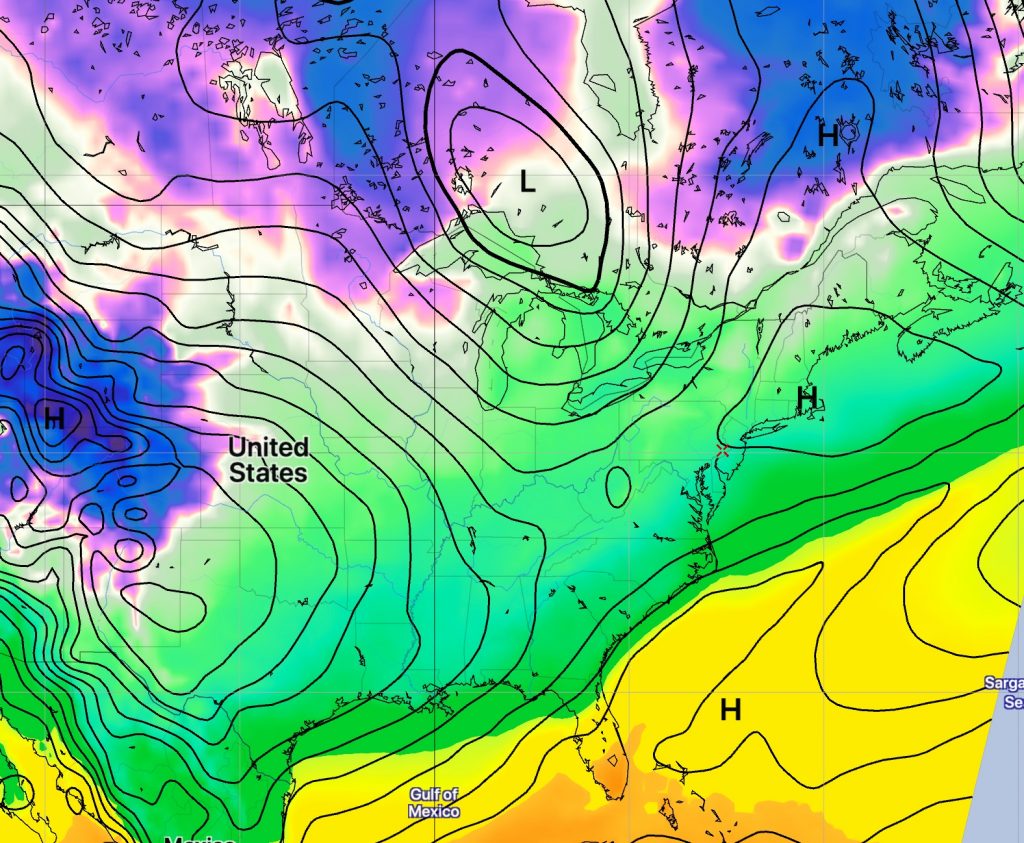This Sunday morning, Eastern Daylight Saving Time changes to Eastern Standard Time — the early morning hours get lighter (at least initially), the afternoons gets darker earlier, and the daylight hours that are already shortened seem even shorter.
What could possibly be good about this?
Well, there’s at least one good thing — the weather models (which are run on Universal Time”UTC” (previously called Greenwich Mean Time “GMT”) are available an hour earlier! On the east coast, this makes a giant difference.
Every evening, the National Center for Environmental Prediction begins incorporating the latest weather data measurements including weather balloon radiosonde data at 00 UTC, which is 7 PM Eastern Standard Time and 8 PM Daylight Saving Time.
The incredible amount of data to ingest and the number of calculations needed for models to output takes 2 – 4 hours to complete, even on super computers.
Since last March (the beginning of DST), every meteorologist, TV station, etc. on the east coast has had to make their evening and 11 o’clock broadcasts without the latest GFS model data, simply because the first 24 hours of GFS forecast data hadn’t become available until 11:38 PM EDT — after the 11 o’clock news was over.
With the change to Eastern Standard Time, the GFS now becomes available at 10:38 PM EST— plenty of time to update the weather on the 11 o’clock news.
Similarly, the NAM whose 24 hour forecast data became available about 9:57 PM EDT will now become available at 8:57 PM EST.
For those interested, the exact model time availability can be found here.
For amateurs who enjoy weather forecasting and for those who do it professionally, this one hour difference makes all the difference in the world.
It’s a small conciliation for the shorter days and the colder weather, but it’s something. 🙂
Over the years, I have talked about this on previous blog posts—here, and here.
[su_note note_color=”#d9f2da”]BTW, the GFS is showing a frigid outbreak for the time period around Nov 12th.[/su_note]

